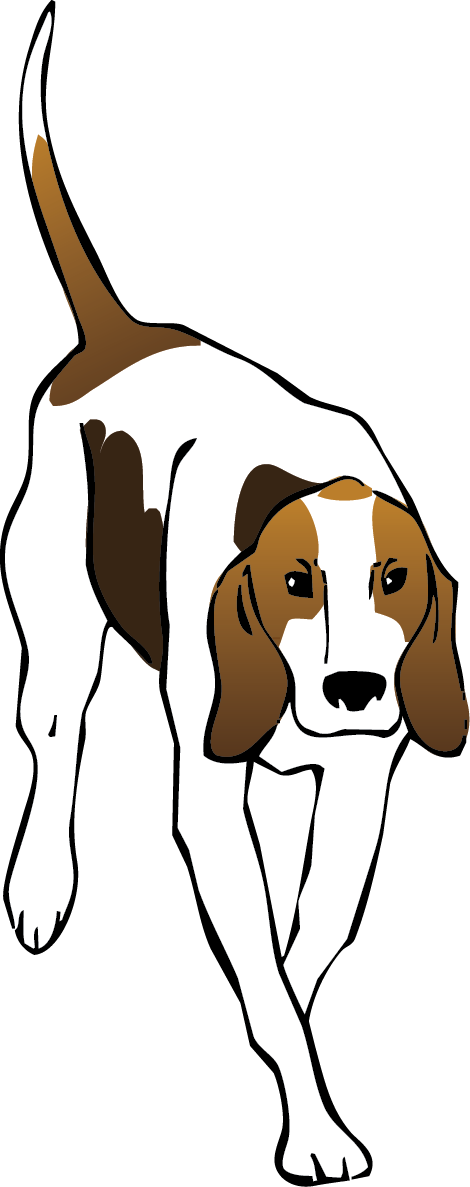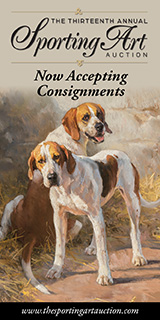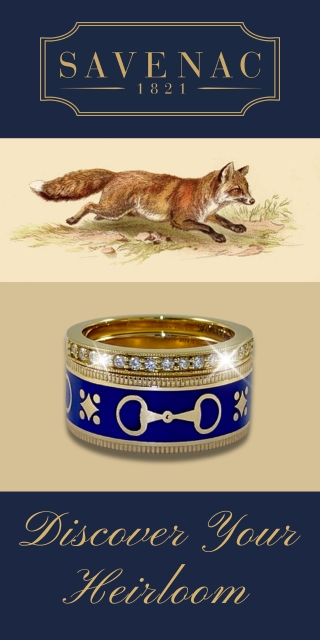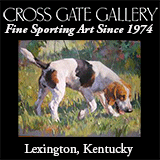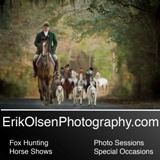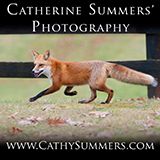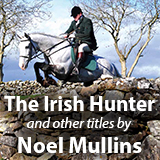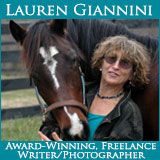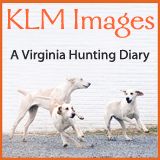Masters of Foxhounds Association
John B. Glass: Gentleman, Scholar
John B. Glass, who served as Clerk and Keeper of the Foxhound Kennel Stud Book for the Masters of Foxhounds Association (MFHA) from 1973 to 1995, died on Friday, April 10, 2015, in Concord, Massachusetts. He was eighty-six years old.
John was the second of only three men to supervise the MFHA office in the 107 years since the founding of the association; he succeeded the late Joe Jones upon the latter’s retirement. John began his twenty-two-year career in the old MFHA headquarters on Water Street in Boston, moving to Morven Park in Leesburg, Virginia, when the directors relocated the office. John was the first to recommend computerizing the Foxhound Kennel Stud Book, and he personally wrote the code and implemented the first computer program to do that. John’s “Fox Dog” program was used for years by the MFHA until commercial programs written in newer, higher-level language became available.
The son of a West Point army officer who served in two wars, John was born in Hawaii and spent his formative years in such far-flung locations as Virginia, Texas, Wyoming, Guatemala, and Germany. He majored in economics at Yale and earned a Ph.D. in archaeology at Harvard. He became an authority on Pre-Columbian hieroglyphic manuscripts, publishing numerous papers and books on the subject, most notably as a major contributor to the academic encyclopedia The Handbook of Middle American Indians.
George L. Ohrstrom III Wins MFHA Award
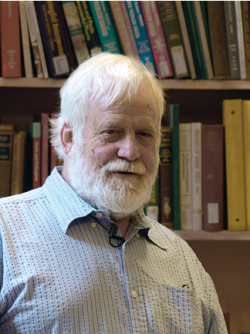 George L. Ohrstrom III / Matthew Klein photoEver since 1888, the Blue Ridge Hunt has pursued foxes through the Shenandoah Valley of Virginia—a verdant, rolling grassland dotted with small woodlands, perhaps fifteen miles across, nestled between the Blue Ridge Mountains to the east and the Allegheny Mountains to the west.
George L. Ohrstrom III / Matthew Klein photoEver since 1888, the Blue Ridge Hunt has pursued foxes through the Shenandoah Valley of Virginia—a verdant, rolling grassland dotted with small woodlands, perhaps fifteen miles across, nestled between the Blue Ridge Mountains to the east and the Allegheny Mountains to the west.
The Shenandoah River flows northeasterly along the eastern edge of the valley, passes under the western slopes of the Blue Ridge, and empties into the Potomac River at Harper’s Ferry, W.Va.—a confluence described three centuries ago by Thomas Jefferson as “one of the most stupendous scenes in nature.”
Home to a mostly rural population, the Shenandoah Valley has long been a destination of unsurpassed beauty to vacationers and sightseers. The northern part of the Valley that is home to the Blue Ridge Hunt also finds itself to be an object of lust to developers from Washington, D.C., and Northern Virginia to the east and the nearby city of Winchester to the west. While many landowners find it hard to resist the potential financial windfall from development, others believe that to relinquish such natural beauty to untrammeled development would be a crime against nature.
Along with its sister landscape just to the east of the Blue Ridge—Virginia’s Piedmont—a passionate calling for preservation has rallied many of its citizens to battle. Few, however, have responded like George Ohrstrom III. The scope and creativity of Ohrstrom’s efforts locally, nationally, and internationally earned him the MFHA’s Conservation Award for 2014.
AKC English Foxhound Standard Needs Updating
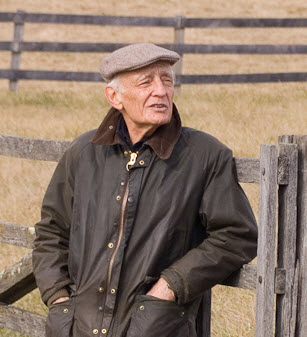 It’s a shame that there exists a disconnect between AKC foxhound standards and those of the foxhunting community. Not that foxhunters need be concerned with AKC foxhound standards. The Masters of Foxhounds Associations in this country and in England maintain their own breed registries, and both registries are orders of magnitude larger than the AKC foxhound registry.
It’s a shame that there exists a disconnect between AKC foxhound standards and those of the foxhunting community. Not that foxhunters need be concerned with AKC foxhound standards. The Masters of Foxhounds Associations in this country and in England maintain their own breed registries, and both registries are orders of magnitude larger than the AKC foxhound registry.
One would think, though, that the AKC should be more than a little interested in what foxhunters are breeding. After all, foxhunters are the ones using foxhounds for the purpose for which they were originally bred.
To look at the AKC standard for the English foxhound is to be stuck in a time warp of more than fifty years. According to a recent article by Ann Roth in DogChannel.com, the AKC breed standard for the English Foxhound was composed more than fifty years ago by foxhunters.
I’m not certain just which foxhunters the AKC was talking to fifty years ago, but I don’t believe the English foxhound photo accompanying Roth's article or the English foxhound painting found on the AKC website would have been models for any pack of that time, here or in England. They are more reminiscent of the so-called Shorthorn era in England, a period between the mid-nineteenth and the early twentieth centuries, when fashionable foxhounds of the time were criticized for resembling Shorthorn cattle.
British MFHA to Hunts: Document Your Hunting Day
The British MFHA has recommended that all hunts record evidence of their hunting activities to document that they are hunting within the law. The MFHA’s message comes as the result of recent successful prosecutions by authorities and stepped up efforts against hunting by the League Against Cruel Sports (LACS). Three members of the Crawley and Horsham were convicted of offenses contrary to the Hunting Act, and LACS now has ten “investigation officers” tasked to work in pairs around the country seeking actionable offenses. Recently, fifty-two summonses have been levied against the Heythrop by the RSPCA. MFHA Chairman Stephen Lambert warned hunts that the RSPCA has “adopted a scattergun approach…that could snowball unless hunts diligently keep daily records to demonstrate their legal activity with hounds.” Lambert also warned that covert cameramen are at work in most of the hunting countries, and that photographic surveillance is expected to increase in the coming season. Putting a positive spin on the situation during his remarks at the recent AGM, Lambert said that the all-out effort mounted by the opposition gives foxhunters the opportunity to demonstrate that the Hunting Ban is a ridiculous law. Read further details in Flora Watkins’ article in Horse and Hound. Posted June 19,2012
Read More
Foxhunting Life to Exhibit at MFHA Staff Seminar
Foxhunting Life will participate in Covertside’s first expo being held in conjunction with the MFHA Staff Seminar on Saturday and Sunday, April 21 and 22, at the Westfields Marriott in Chantilly, Virginia. Norm Fine will be there to talk about the website, to listen to subscribers for their ideas and reactions, and to showcase some of the products in the FHL Bookstore, including CDs and DVDs. And, in the unlikely event that there is a foxhunter who doesn’t yet have a copy of his book, Foxhunting Adventures: Chasing the Story, he will be happy to sign one or two! Norm is looking forward to seeing old friends and making new acquaintances. Please stop by and say, Hi. Posted April 19, 2012
Read More
DEFRA Minister Sympathetic to Hunting
June 21, 2010
British foxhunters are encouraged by signs of improved relations between government and hunting. It was not only what was said, but where it was said that raised hopes.
Jim Paice, the new minister of DEFRA (Department for Environment, Food and Rural Affairs), last week reiterated the coalition government’s commitment to a free vote in parliament on the repeal of the Hunting Act of 2004. What's interesting is that Paice made the statement at the Annual General Meeting of the Masters of Foxhounds Association—the first time in memory that a DEFRA minister has attended that event.
